 |
The Vatican opens in new window |
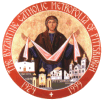 |
and Information |
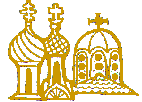 |
Fellow Parishes |
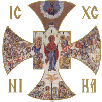 |
Byzantine Links and Information |
 |
 |
Saints of the Church |
 |
The Vatican opens in new window |
 |
and Information |
 |
Fellow Parishes |
 |
Byzantine Links and Information |
 |
 |
Saints of the Church |
|
Metropolitan Archeparchy of Pittsburgh opens in new window | 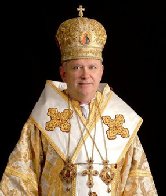 |
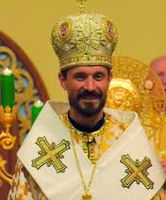 |
Eparchy of Parma opens in new window |
Metropolitan Archbishop of Pittsburgh |
Bishop of Parma | ||
|
Eparchy of Passiac opens in new window | 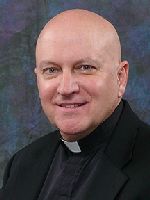 |
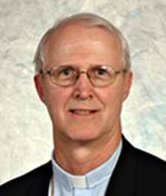 |
Holy Protection of Mary Byzantine Catholic Eparchy of Phoenix opens in new window |
Bishop of Passaic |
Bishop of Phoenix |
 |  | |
| In the name of the Father + and of the Son, and of the Holy Spirit. Amen. May the poor eat and be satisfied, may they who seek the Lord praise Him, and may their hearts live forever. O Christ God, bless the food and drink of Your servants, for You are holy, always now and ever, and forever. Amen. In the name of the Father + and of the Son, and of the Holy Spirit. Amen | ||
 |  | |
| In the name of the Father + and of the Son, and of the Holy Spirit. Amen. We give thanks to You, O Christ, Our God, for having refreshed us with Your earthly good things. Exclude us not from Your heavenly kingdom, but as You came in the midst of Your disciples, O Saviour, and granted them peace, come also to us and save us. The Father is our hope; + the Son is our refuge; and the Holy Spirit is our protection: O Holy Trinity, our God, glory to You. | ||